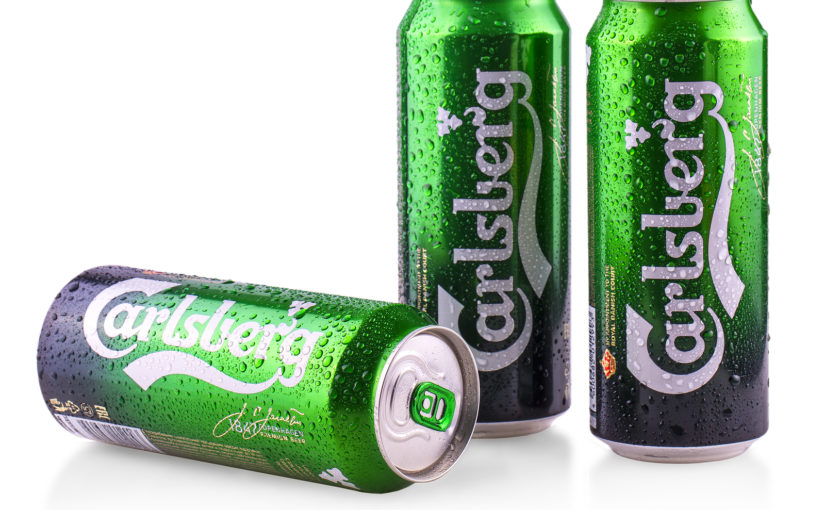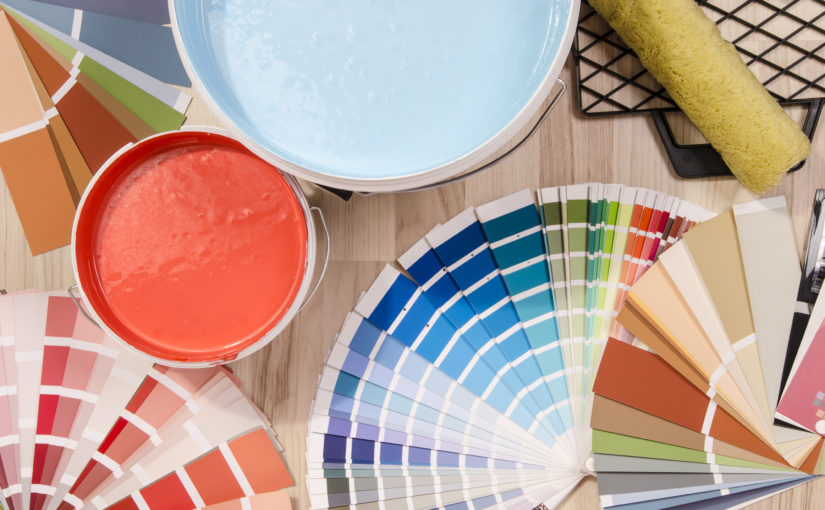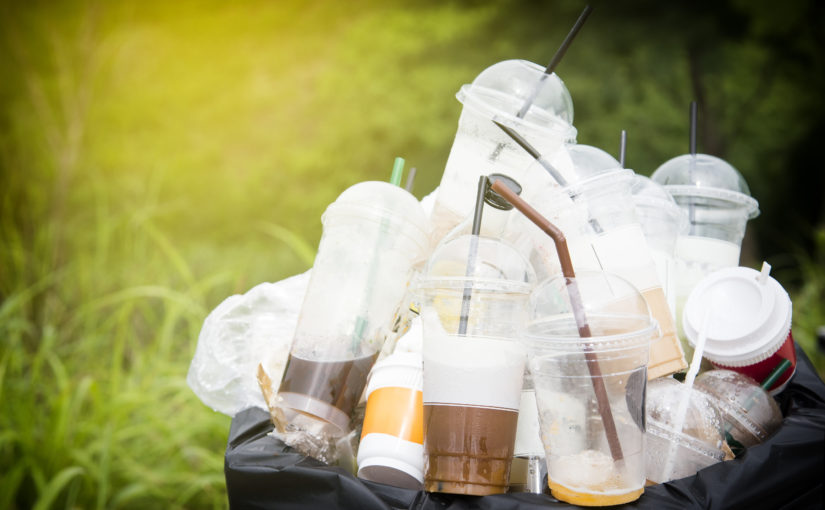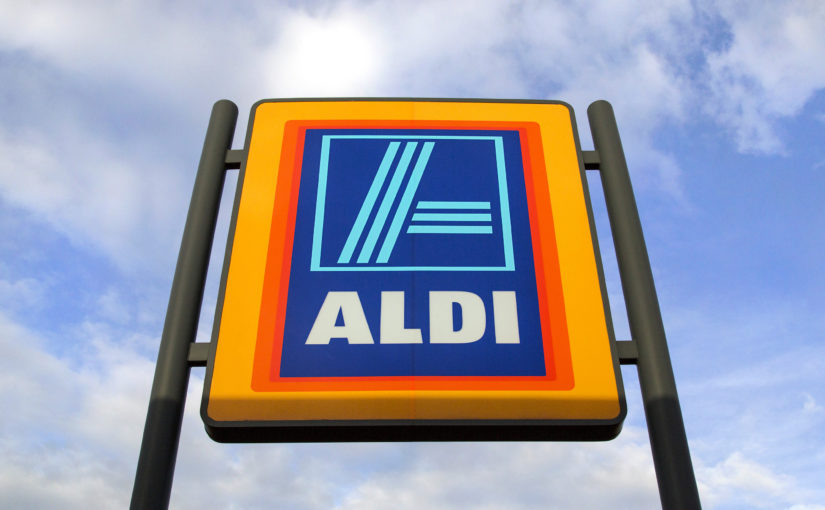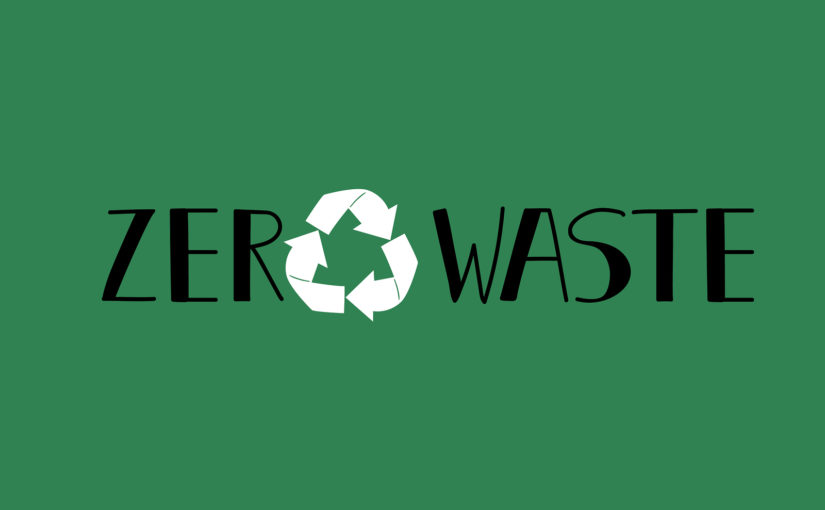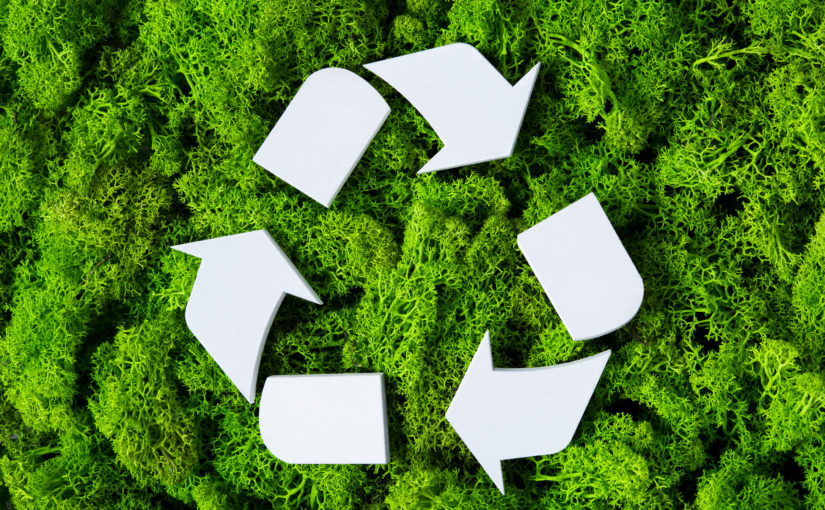Most offices across the country have a stock of padded envelopes in their stationery cupboard, as do many homes. These envelopes are made from paper and plastic bubble wrap usually and are ideal for posting anything that needs a bit of extra protection as it makes its way through the postal system. As online shopping has increased in popularity, so has the use of these packages. However, once a padded envelope has been used, what happens to it? Can it be recycled?
Carlsberg ditches its plastic can holders
Carlsberg, one of the world’s largest breweries, has unveiled plans to replace its plastic can holders with a glue that’s fully recyclable.
Plastic can holders — also known as plastic pack rings, hi-cones or yokes — have long been the focus of discontent, not just because of the material they are made from, but for the danger they pose to wildlife and marine life. In fact, as far back as the 1970s there were wildlife campaigners telling consumers to cut the plastic rings up with scissors before binning them to reduce the risk of harm to animals.
How to use up leftover paint
You may have recently completed the redecoration of a room in your home, or you may have some leftover paint lurking in your garage or shed. Whatever the situation, don’t be tempted to throw the paint away — you may feel like you have no further use for it, but once you have read through our ideas below you won’t believe you were ever going to chuck it out!
Why can’t all plastic be recycled?
Since 1988, it’s been easy to identify what type of plastic many products, packaging and containers are made from, thanks to the creation of the Resin Identification Code, or RIC.
This is the number enclosed within a triangle that appears on many plastic items as a guide to its recyclability – but although the symbol originally included the familiar ‘recycling symbol’ of three arrows arranged in a triangular shape, not all plastics marked in this way are actually recyclable.
More recently, it is common to see a solid triangle rather than the triangular ‘recycling’ arrows, in an attempt to reduce the risk of non-recyclable plastics being misinterpreted.
Aldi boosts its recycling rate with plastic tray switch
Budget supermarket, Aldi, has boosted its recycling rate by switching some of its black plastic fruit and vegetable packaging out for clear plastic packaging, which is much more easily recycled.
The rest of Aldi’s black packaging will be phased out as part of the company’s commitment to making sure all of its packaging is recyclable, reusable or compostable by 2025. This simple change from black to clear plastic will divert 265 tonnes of plastic from landfill annually.
Continue reading Aldi boosts its recycling rate with plastic tray switch
Win a Zero Waste lunch kit!
Thank you to all who entered this competition. It has now ended and the winner is announced in the Rafflecopter widget below.
Welcome to Zero Waste Week – a week we love to get involved with and celebrate every September. We love the fact it is a whole week dedicated to not only reducing waste but trying to live in a way which eliminates it altogether, too.
How to improve & increase your recycling
The UK’s household recycling rate was 45.2 per cent in 2016, which improved upon 2015’s rate of 44.6 per cent. However, there is still much work to be done to boost these figures and improve our country’s efforts. We have gathered together some handy ways below to easily improve your recycling at home and when you are out and about.
Air pollution linked to decline of city sparrows
The population of London’s house sparrows dropped by 60 per cent between 1994 and 2006, and the blame has been placed on an increase in air pollution — namely, nitrogen dioxide (NO2) produced by diesel cars. While some had only considered people and plants being affected by air pollution, a study by the Royal Society for the Protection of Birds has shown that birds and wildlife are sadly just as susceptible.
Continue reading Air pollution linked to decline of city sparrows
How to organise an eco-friendly house move
Moving house is not only stressful to those who are moving, it is also often stressful for the environment too, with the average UK home move creating around 16.8kg of CO2 emissions – that’s equal to keeping a light bulb on continuously for 53.85 days!
So, how can those emissions be lowered? If you are concerned about your carbon footprint and planning a house move soon or in the future, take a look through our tips below to keep a lid on your environmental impact.
How eco-friendly are bamboo products?
Bamboo has recently become a popular alternative material for many products — from socks to towels and even flooring — mainly because of it being supposedly eco-friendly. However, is it really as eco-friendly as it is claimed to be? Let’s take a look.

